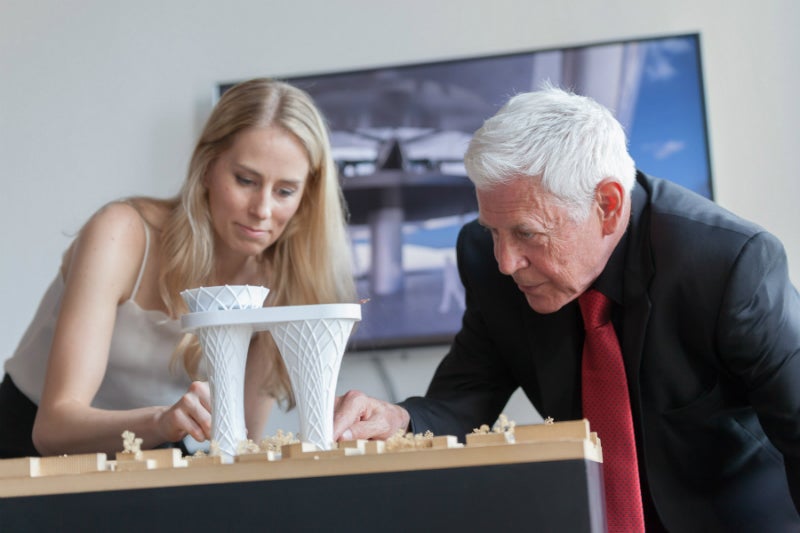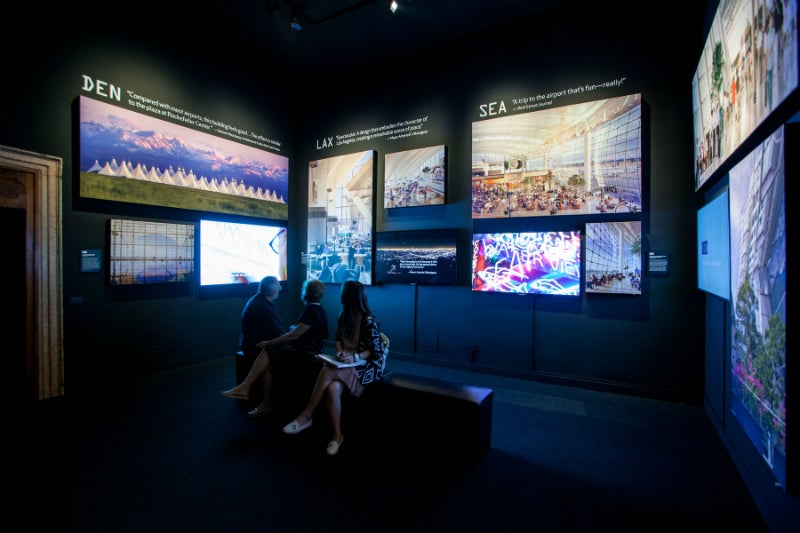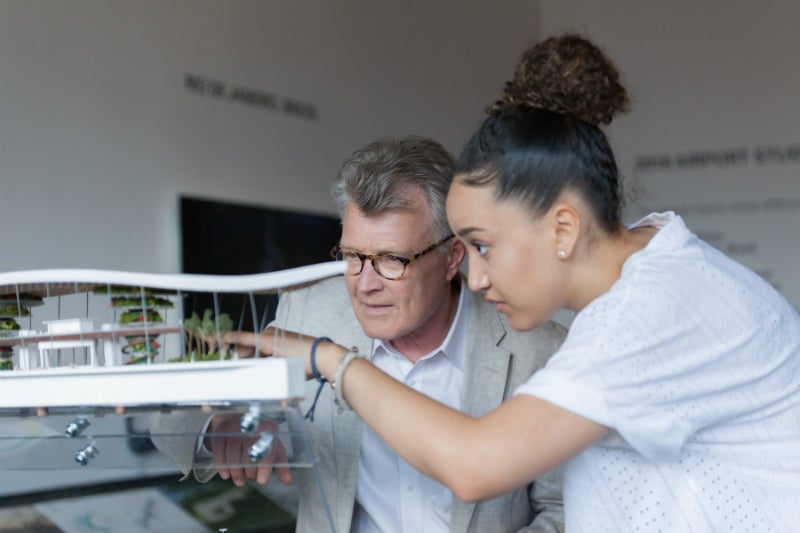
Professor Wayne Place fondly remembers the experience of going to his local airport as a child. One of the best, most popular restaurants in town was located in the busy terminal. While his family tucked into an evening meal Place would gawp in fascination as planes of different shapes and sizes took off and landed on the asphalt runway.
“We went there in spite of the fact that we had no travel plans,” says Place, who now runs an airport design studio at North Carolina State University. “We were just excited about going to see whatever was current in airplane design.”
To anyone familiar with flying from a modern airport it sounds like a strange idea. Today’s terminals are built far away from city centres. They are hectic, heavy on security and offer little in the way of genuine human touch beyond the odd VIP lounge and discount perfume.
“A lot of airports are designed from the point of view of how to move people efficiently,” says Place. “They do not take into account how a human being actually experiences the airport and what can be done to reduce stress and make the process more joyful.”
“The magic has been lost”

In the past, the opportunity to see planes take off and land was integral to the experience of being at an airport. Now, says Place, the magic has been lost. At one end of the airport, you are funnelled through endless, if important, security checks; at the other end the view of the planes and runway is usually obscured by the jet bridges.
“Nowhere along the way do you experience these beautiful pieces of equipment taking off and landing,” says Place.
Seeking to improve the passenger experience, this year a group of students studying at Place’s studio designed a number of futuristic airport concepts before exhibiting their ideas at the 2018 Venice Biennale.
Working alongside Curtis Fentress of Fentress Architects, the students were divided into five teams and redesigned airports from five global destinations – Brazil, China, Iran, Madagascar, and New Zealand.
“We felt that because we were exhibiting in Venice and because the Biennale is a very international venue, the students should do something that was expressive of an international attitude,” says Place. “The students researched the culture of the chosen location, explained why an airport was appropriate in that place and identified what part of the economy they were trying to stimulate.”
Going global

Among the five projects is an airport in Shiraz, an old city of roughly 850,000 in Iran’s southwestern province of Fars. Instead of the usual sprawling, out of town terminal, the students here designed an airport in middle of the city with a tower structure on which planes can land vertically.
“Even though Shiraz is a fairly big city it is pretty low-rise all around,” says Place. “So we had the landing spot high enough in the air that we might eliminate the worst part of the acoustics.”
In Madagascar, where some of the world’s most unique and diverse ecosystems can be found, the students designed “a civic destination that educates on sustainability through ecotourism”. Passengers using the airport can experience the flora of Madagascar in gardens replete with local plants and buy goods and foods from local merchants in shops, restaurants and markets.
“The concept of the airport is derived from the Travelers Palm, a plant native to the island,” the project’s students explained. “Lemurs, another native species, feed on the palm’s seeds, pollinating the plant and spreading its seeds throughout the island. This natural process inspired the form and function of the airport where the terminals are the seed pods and the ziplines are the seeds, transporting passengers through the rainforest to their flights.”
Future airport design: moving beyond efficiency

In Nanjing, the capital of China’s Jiangsu Province, students proposed a drive-through airport, where planes are integrated into the airport’s “pulling system”. Passengers are brought to their required gates and pilots are given a well-earned break. An elevated, bridge-like concourse wrapped around a central tower provides travellers with an interesting spatial experience and stunning views of the surrounding environment.
A similar approach was taken in Wellington, New Zealand where students designed an airport in the shape of a giant manta ray, reflecting the local population’s passion for the sea.
Like Nanjing, the core concept is a drive-through system where planes can land and unload passengers, before moving through cleaning, refuelling, restocking and re-boarding. The process enables greater efficiency and removes the risk associated with aeroplanes moving along the ground.
“By processing planes in a process reminiscent of an assembly line, the design uses gates much more efficiently and does not take up as much site space,” the students said.
While the projects differ significantly, Place says they are all united in viewing airports as civic and public spaces rather than simple transportation hubs. They are also ideas, he adds, that resonate not just in the world of airport design, but in architecture more generally.
“All architecture benefits from this way of thinking, which is how do we make this journey more humane and more enjoyable,” says Place. “We lose a lot of that in our modern life because everything is about efficient movement.”



